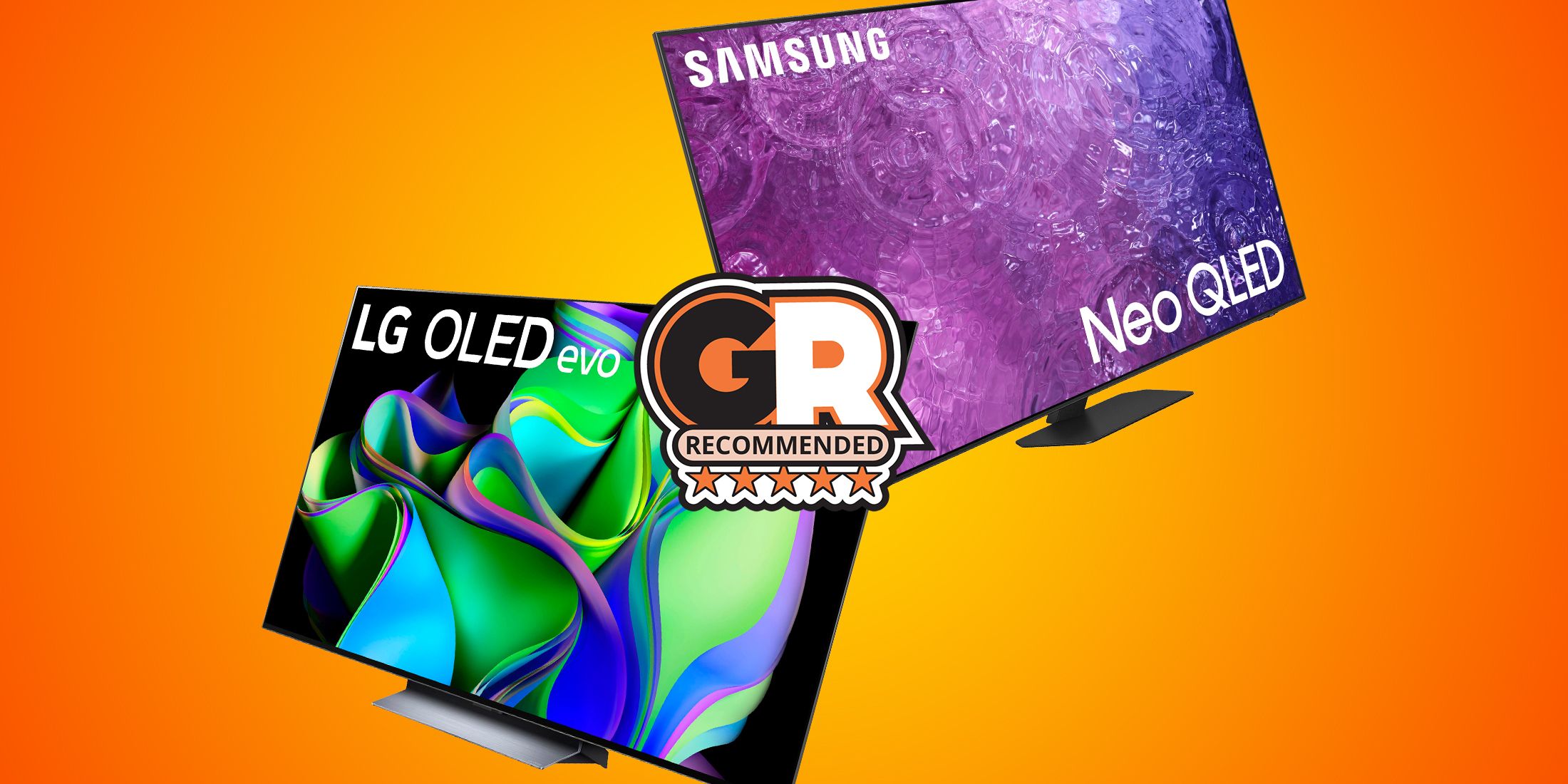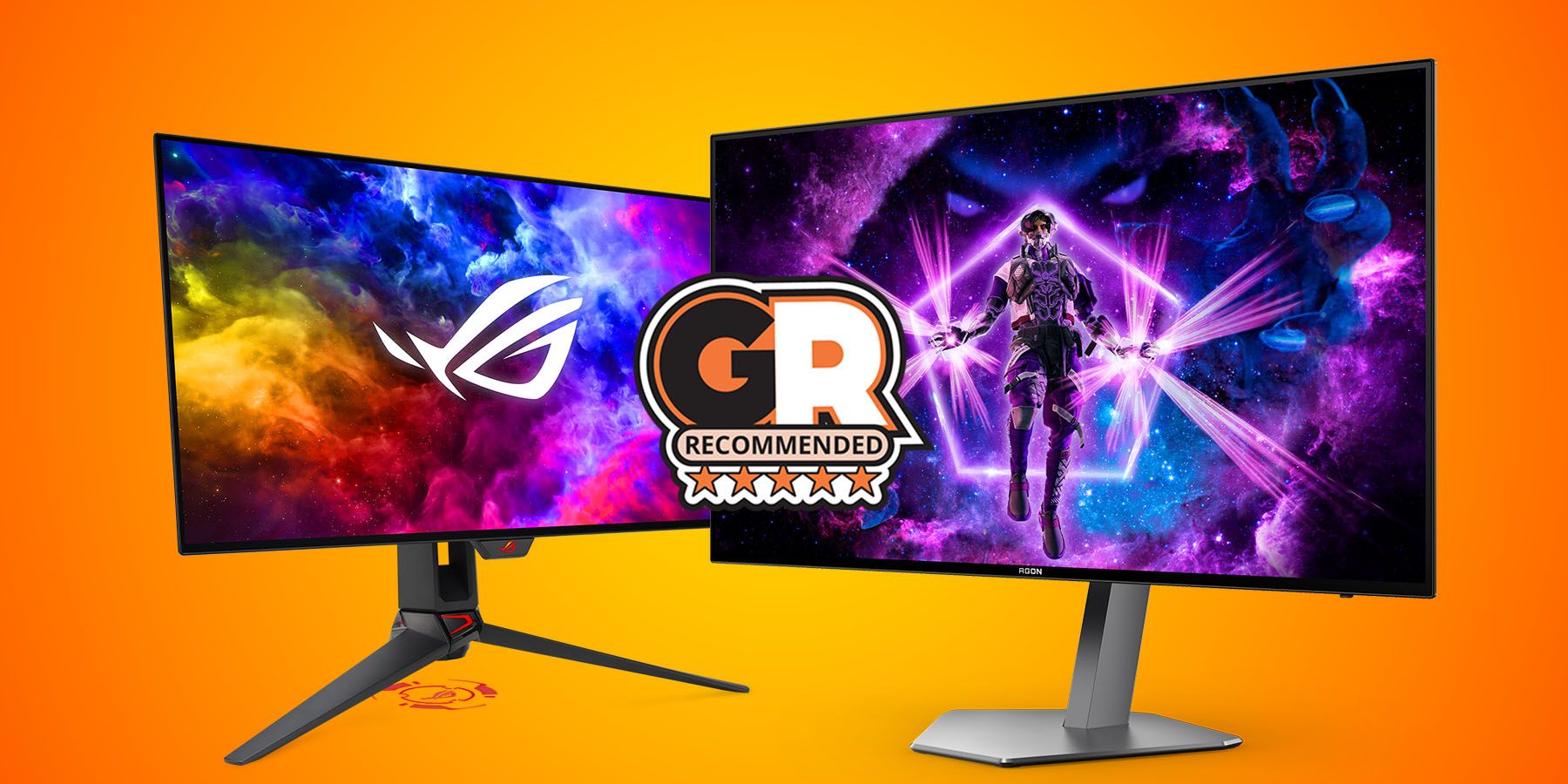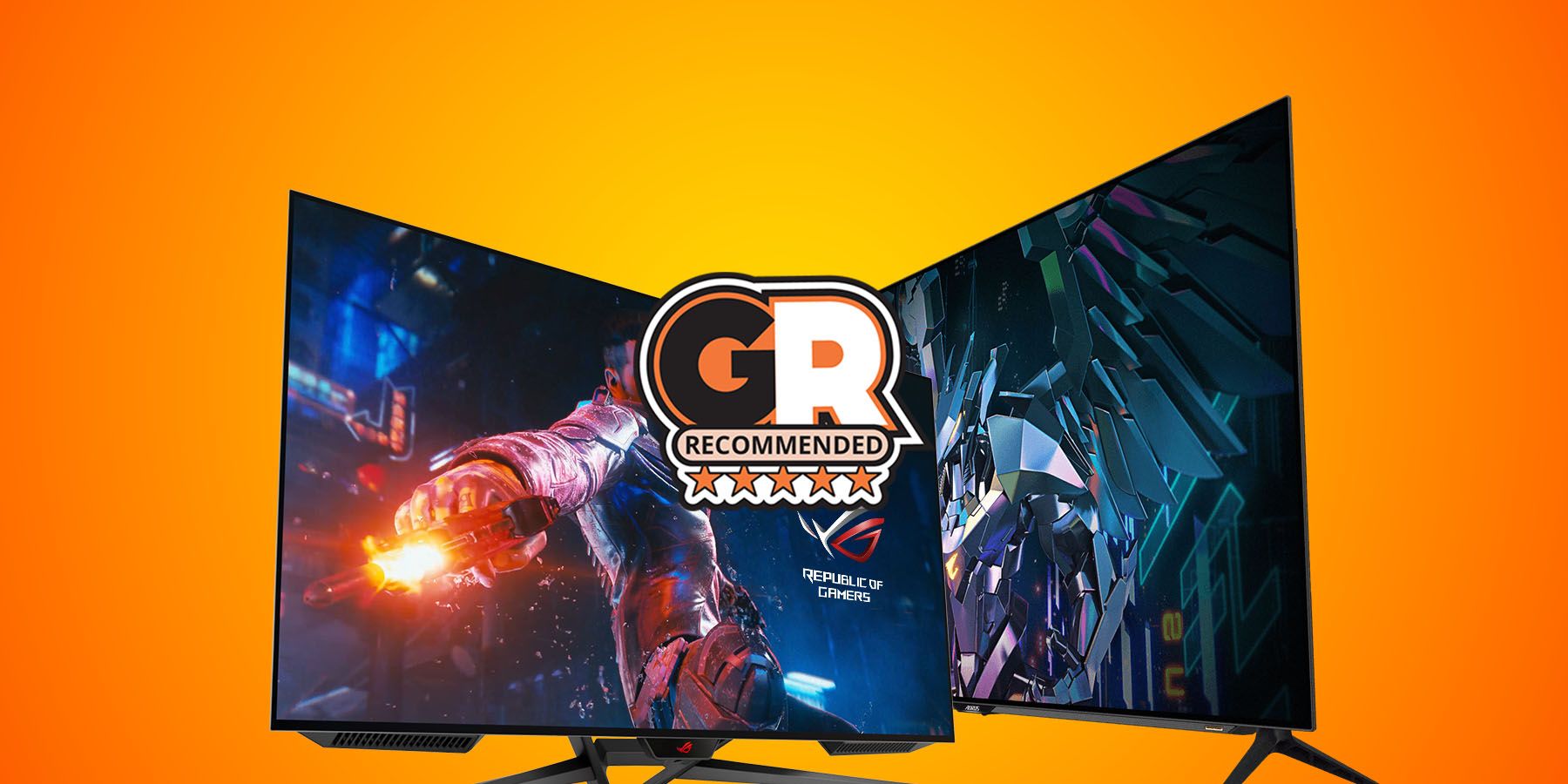Highlights
- OLED TVs & gaming monitors offer vibrant colors & deep blacks for an immersive experience. However, burn-in can spoil the fun.
- Burn-in, or image retention, is caused by static elements on OLED panels. Prevent it by adjusting settings & using screensavers.
- Dark mode, turning off the display when not in use, and avoiding static elements can help extend the life of OLED panels.
There’s no denying the fact that OLED TVs and gaming monitors offer, by far, the best viewing experience. These offer vibrant colors and deep blacks, which create an immersive experience that’s, frankly speaking, quite hard to match. But imagine paying a premium for the best panels on the market, only for the experience to be spoiled by burn-in.
Related
5 Reasons You Should Go OLED for Your Next Gaming Monitor
Looking for a new gaming monitor? Here’s why you should consider an OLED monitor.
Burn-in, the fear of permanent image retention on your screen, can be a concern for OLED TV owners. Fortunately, there are effective ways to prevent this from happening, ensuring a long-lasting and enjoyable viewing experience. While manufacturers already take care of a lot of things for the end consumer, there are still plenty of things one can do to get the maximum life out of OLED panels.
What is OLED Burn-in?
Before we delve into prevention techniques, let’s understand what burn-in is. OLED burn-in, also referred to as image retention, occurs when static images are displayed on the screen for extended periods. This can cause permanent discoloration of the pixels, leaving a ghostly imprint that remains visible even when the content changes.

Related
QLED VS OLED: Which TV Display is Best for Long-term Use?
Both QLED and OLED displays bring something unique to the table, but which one can you count on for the long term?
The reason for this is that OLED panels, unlike their LCD counterparts, use organic compounds that emit light when an electric current passes through them. While this technology does offer superior picture quality, it is more susceptible to burn-in due to the organic materials’ tendency to degrade over time.
Burn-in is most commonly caused by static elements such as channel logos, news tickers, or game HUDs. These elements, if displayed for long durations, can cause uneven wear on the pixels, leading to noticeable marks. Leaving the technical jargon aside, it’s basically like having a faint ghost image on the OLED screen.
How to Prevent OLED Burn-in?
The good news is that with a few simple adjustments and by utilizing the built-in features of an OLED TV or monitor, users can significantly reduce the risk of burn-in.
Use Manufacturer Implemented Features
Most modern OLED TVs and monitors come equipped with built-in features designed to combat burn-in. These features, implemented by manufacturers, can significantly extend the life of the display. The most common feature on OLED panels is the Pixel Refresher. Different OEMs may refer to this feature with different terminologies, such as Pixel Cleaning or Panel Refresh, among other things. The basic ideology, however, remains the same. Essentially, the feature helps to maintain uniform pixel wear by refreshing the pixels at regular intervals. It can be activated manually or automatically when the TV is turned off.
Additionally, some TVs also come with a Screen Shift or Pixel Shift feature, which slightly moves the image on the screen periodically to prevent any single pixel from being on for too long. It’s usually subtle enough that users won’t notice the shift during regular viewing. Other than that, brands also implement Automatic Brightness Dimming based on the ambient lighting. Some advanced OLED panels take this a step further, by detecting static elements like logos on news channels or taskbars on a computer monitor and then dimming these areas to prevent burn-in.
Most of these features are enabled by default, and scheduled to run on a timely basis. However, depending upon the TV or monitor’s make and model number, one can dive into the settings to trigger these actions manually as well for better results.
For instance, both the ASUS ROG Swift OLED PG27AQDM and the Alienware AW3423DWF come with easy-to-use OLED care features, which can be accessed from the OSD menu. In addition to the fantastic built-in features that most OLED TVs and monitors offer, users can also take some simple steps in their daily viewing habits to minimize the risk of burn-in.
Reduce Brightness
Lowering the screen brightness is one of the easiest and most effective ways to prevent burn-in. Look at it this way – the brighter the pixels have to work, the more wear they experience. Instead, considering how bright OLED panels generally are compared to LCD panels, even a lower brightness level should suffice for most users. Additionally, most modern OLED TVs and monitors also come with an “auto-brightness” feature, that adjusts brightness based on the ambient light in the room. This can be a good option to ensure one is always using the optimal brightness level.
Use Screensavers
Remember how Screensavers were the most common thing back when CRT monitors were around? For those unaware, CRT monitors were highly susceptible to burn-ins as well. As a result, screensavers were used, since they produce animations and moving images, to ensure that no single part of the screen stays static for too long. The same feature can be used for OLED panels too.

Related
The Best Budget OLED Monitors for Gaming in 2024
OLED gaming monitors are all the rage these days. This guide helps gamers find the best budget OLED monitor.
Most OLED TVs offer built-in screensavers that activate after a period of inactivity. Similarly, one can use the excellent screensavers in Windows with their OLED gaming monitors. The idea is to choose a dynamic screensaver that keeps the display in constant motion.
Minimize Static Elements and Vary Content
While screensavers work when the panel is not in active use, what about the time when someone is actively using their OLED TV or monitor? Static elements such as logos, news tickers, or game HUDs are primary culprits for burn-in. While it’s not easy to avoid these, one can make a point to switch channels or turn off the TV during commercial breaks to avoid logos being displayed for long periods.

Related
The Best 4K OLED Gaming Monitors in 2024
Finding an OLED monitor for 4K gaming is not easy thanks to limited options. Fortunately, Game Rant has compiled some of the best out there.
As for gaming monitors, the kind of static experience largely depends on the games one plays. For instance, many users report burn-ins of their HUDs or mini-maps on the OLED panel. While we don’t recommend disabling these HUDs, one can adjust the position or opacity of static elements to help prevent burn-in. Some games also offer dynamic HUD options that reduce static display time. Additionally, gamers can try playing a variety of games with different UI layouts to prevent repetitive wear on specific areas.
Use Dark Mode
One of the biggest advantages of an OLED panel is that it offers realistic blacks, since it basically turns off the pixels in areas that are supposed to represent black points. Interestingly, this feature can also help prevent burn-in on OLED panels. By using dark mode, the display uses fewer bright pixels. As discussed above, lower brightness equals less wear on the pixels, thus preventing burn-in.
Regularly Turn Off the Display
This might seem like a no-brainer, but it’s worth mentioning. The best way to prevent burn-in is to simply turn off the display when not in use. Most TVs come with a built-in automatic shutoff timer, which can be activated to ensure the TV turns off when the user isn’t actively watching anything on it.
Additionally, some TVs might have a “power-saving” mode that reduces overall brightness. While this mode might not be ideal for watching movies, it’s a good option for situations where you’re just listening to music or using the TV as background noise. As for OLED monitors, simply shutting down the PC should turn off the monitor as well, so make sure to take a break now and then.
FAQ
Q: What are some signs of OLED burn-in?
Faint outlines of previously displayed images, especially in bright areas, can indicate burn-in on OLED panels.
Q: Is OLED burn-in permanent?
Unfortunately, yes, OLED burn-in is permanent. Preventive measures can help avoid burn-in, but once it happens, it cannot be fixed. That’s because an OLED panel contains organic material that cannot be recovered once its properties are changed.
Q: What is the lifespan of an OLED TV compared to a traditional LED TV?
OLED TVs typically have a lifespan of around 30,000 to 50,000 hours, which translates to about 10–15 years with average use. While that’s less compared to traditional LED TVs, which often last longer, around 100,000 hours, it should still suffice for most users. In addition to that, OLED panels offer unmatched visual quality, which is immensely better than traditional LED panels.

/cdn.vox-cdn.com/uploads/chorus_asset/file/25749796/installer_61.png)







